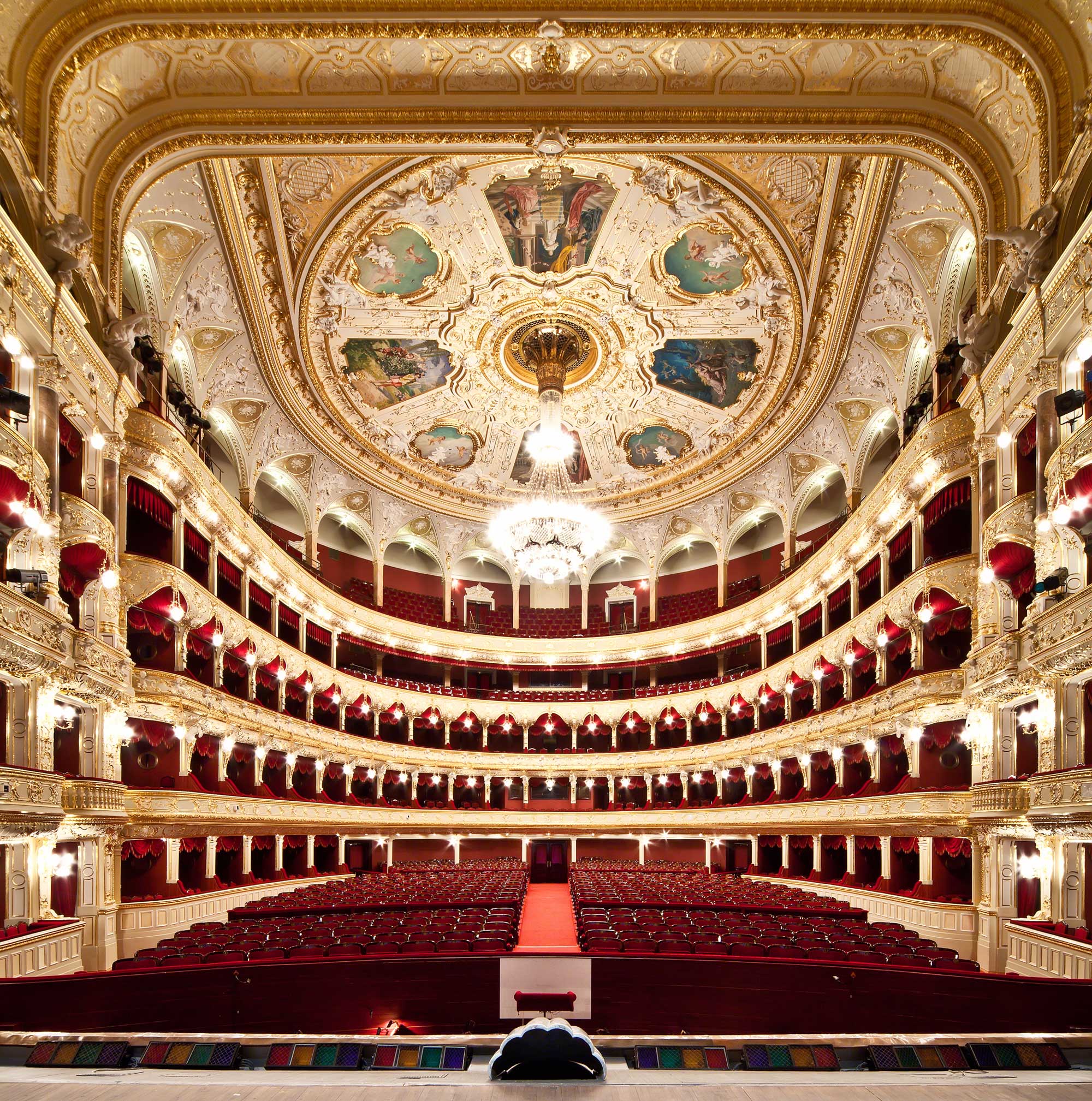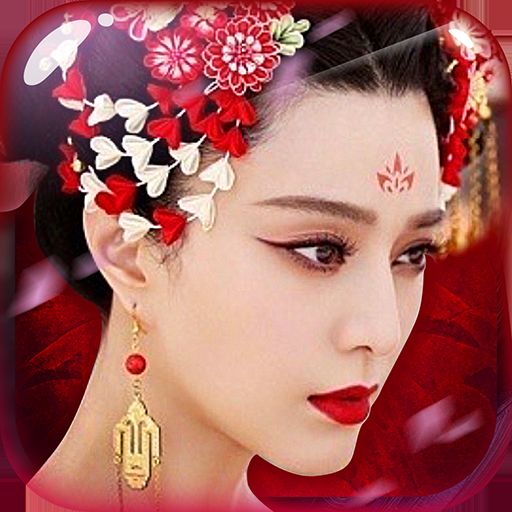Source: Shutterstock.com

A scientist would tell you that the color red is one of the longer wavelengths in the visible light spectrum. It is also one of the three additive primary colors that can combine to produce most other hues — hence our digital devices are tuned to red, green, and blue.
But these definitions do not do justice to the color. Whether it’s the sight of blood on the ground or the fall leaves above our heads, red is truly evocative.
For the purposes of marketing, such an emotionally powerful color comes both with great advantages and notable pitfalls. To understand when and where to use red, we asked Lauren Labrecque, an associate professor of digital marketing at Loyola University Chicago and a researcher on sensory marketing and design, to guide us through this vivid hue.

Historical Context
The color red is present in some of the very first artworks created by human hands. In areas with iron-rich soil, red ochre was a readily available pigment. At the time — 25,000 BC to be exact — the color probably held no more significance than black ink does for us today.


Physiological effects of red
The way we react to color is shaped not only by association, but also by hard-wired physiology. In many cases, the reasons for this are fairly obvious. Injury is often accompanied by blood, while anger or embarrassment may cause a flushed face.
In accordance with these biological occurrences, exposure to the color red causes physiological reactions. “Red has been shown to increase heart rate and blood pressure,” Labrecque says. “Psychologically speaking, red is considered arousing, exciting, and stimulating.” These physiological effects usually go unnoticed, but they can have a significant impact on our thinking.
Other notable research conducted at the 2004 Summer Olympic Games in Greece found that the competitors in combat sports who wore red were more likely to win.

Applying the theory
Almost unanimously, research asserts that the color red provokes strong emotions. Indeed, the human brain really struggles to ignore anything red. Through the eyes of a marketer, these words look incredibly inviting — but there are a few pros and cons to consider.
First, the pros. One of Labrecque’s research projects was an attempt to discover how consumers react to various colors. There are many interesting findings in the paper, but there is one major takeaway: “My research on branding shows that red can be used strategically by brands to elicit an exciting brand personality.”

Anxiety
Furthermore, it is possible to raise the blood pressure of your customers for all the wrong reasons. Labrecque offers her own observations: “Stores that use a lot of red and highly saturated colors at the checkout tend to increase anxiety and decrease patience.”
Finally, it must be noted that “red” does not refer to one specific hue. Labrecque’s research indicates that bolder shades of any color provoke greater excitement than more subtle tones. Along with color theory, this might explain why so many companies that choose red branding opt for vibrant shades.
The Power of Red
Of all colors, red is perhaps the most striking and provocative. Unlike many alternative hues, it has proven links to physiological reactions and various emotional responses. Marketers and marketeers may be able to use the color to enhance feelings of excitement or stir primal urges. Of course, the rules of branding still apply — brand recognition is the most important consideration. You can think of red as simply one of the more powerful tools at your disposal.
We Can Be
Great Together
QUICK LINKS
610-692-1810
705 E. Union Street
West Chester, PA 19382
We Can Be Great Together
610-692-1810
QUICK LINKS
705 E. Union Street
West Chester, PA 19382
